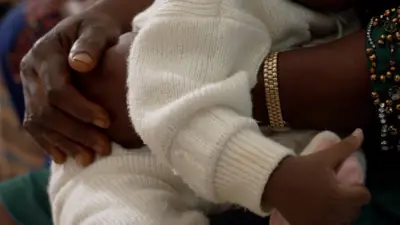We've updated our Privacy and Cookies Policy
We've made some important changes to our Privacy and Cookies Policy and we want you to know what this means for you and your data.
The sweet side of Mexico's Day of the Dead
Day of the Dead is one of Mexico's biggest celebrations when families remember those who have passed away.
The first of November is known as Day of the Little Angels and is dedicated to children who have died, while 2 November is dedicated to adults who have died.
On both days families visit graveyards and decorate tombs with marigolds, the traditional flower of the Day of the Dead.
They also build private altars at home and on the tombstones, on which they display the favourite food of their loved ones to encourage them to visit during this period.
The ┤¾Ž¾┤½├Į's Katy Watson photographed some of the typical foods and decorations made for this celebration.
Top Stories
More to explore
Most read
Content is not available








